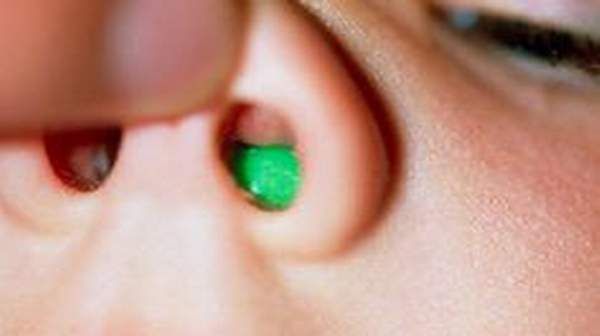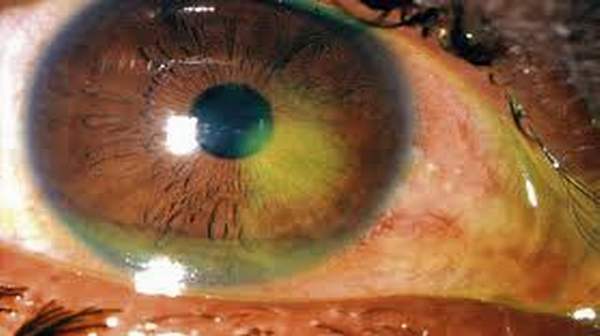What's in this article?
Foreign Body in the Nose Overview
The nose is a surprisingly deep space that extends directly back into the face. A relatively small portion of the nasal cavity is visible by looking into the tip of the nose. In the back of the nose, the space turns downward and connects to the back of the mouth.
Only the imagination limits the objects and circumstances that result in things getting stuck inside of the nose.
- Common objects found in noses include food material, tissue paper, beads, toys, and rocks.
- Most cases of foreign bodies in the nose and nasal cavity are not serious and occur in toddlers and children from 1-8 years of age. Children develop the ability to pick up objects at about the age of 9 months, so foreign object in the nose are much less common in children 9 months of age or less.
- An object that is simply stuck in the nose and not causing other symptoms can usually wait until morning or the following day for removal. The object does, however, have to be completely removed quickly and without discomfort and danger.
In addition, an object stuck in the nose has the potential to dislodge and travel into the mouth where there is the danger of swallowing it, or even worse, inhaling it into the lungs, which may block airflow.
The subject of this article is foreign object in the nose and it is not intended to cover toxic chemical inhalants toxins that injure the nasal cavity, trauma to the nose, or foreign bodies traveling through the nasal cavity into the lungs.
Considerations
Curious young children may insert small objects into their nose in a normal attempt to explore their own bodies. Potential objects placed in the nose may include food, seeds, dried beans, small toys (such as marbles), crayon pieces, erasers, paper wads, cotton, and beads.
A foreign body in a child’s nose can be there for awhile without a parent being aware of the problem. The object may only be discovered when visiting a health care provider to find the cause of irritation, bleeding, infection, or difficulty breathing.
Symptoms
Symptoms that your child may have a foreign body in his or her nose include:
- Difficulty breathing through the affected nostril
- Feeling of something in the nose
- Foul-smelling or bloody nasal discharge
- Irritability, particularly in infants
- Irritation or pain in the nose
If a foreign object becomes lodged in your nose:
- Don’t probe at the object with a cotton swab or other tool.
- Don’t try to inhale the object by forcefully breathing in. Instead, breathe through your mouth until the object is removed.
- Blow out of your nose gently to try to free the object, but don’t blow hard or repeatedly. If only one nostril is affected, close the opposite nostril by applying gentle pressure and then blow out gently through the affected nostril.
- Gently remove the object if it’s visible and you can easily grasp it with tweezers. Don’t try to remove an object that isn’t visible or easily grasped.
- Call for emergency medical assistance or go to your local emergency room if these methods fail.
How to Remove the Object
The only treatment for a foreign body in the nose is to remove the foreign object from the nostril. In some cases, blowing the nose gently may be all that’s necessary to treat this condition. If this method fails, you can try removing the object using tweezers. Be sure only to do this if the object is large enough. If it’s a smaller object, do not use tweezers because it may push the object further into the nose.
You should avoid:
- using a cotton swab
- sticking anything in the nose to remove the object if the object is small
- pushing the object further into the nostril
Keep your child from sniffing at this point, since it can cause the object to move further up their nose and pose a choking hazard. Encourage your child to breathe through his or her mouth until the object is removed.
If the tweezers fail, go to your nearest hospital emergency room or doctor’s office.
The doctor can use a machine with suction at the end to suction the object out of the nostril. The doctor can also use special instruments to grasp or scoop out the foreign object.
If fluid was leaking from the affected nostril, the doctor may prescribe antibiotics or nasal drops to treat or prevent an infection.
Prevention
Prevention measures may include:
- Cut food into appropriate sizes for small children.
- Discourage talking, laughing, or playing while food is in the mouth.
- Do not give foods such as hot dogs, whole grapes, nuts, popcorn, or hard candy to children under age 3.
- Keep small objects out of the reach of young children.
- Teach children to avoid placing foreign object into their noses and other body openings.





